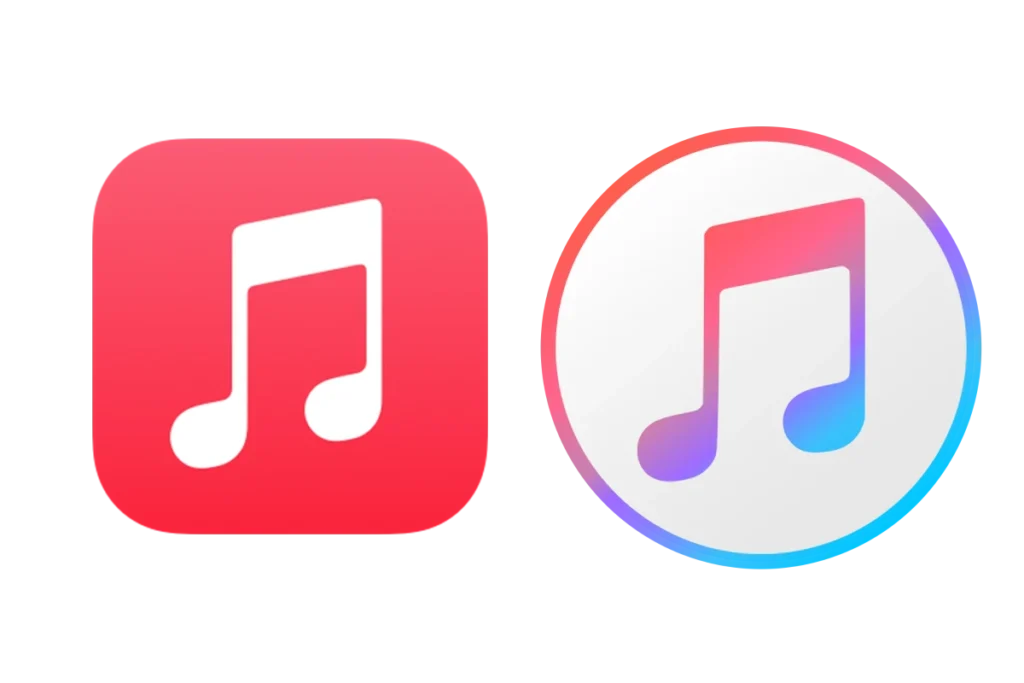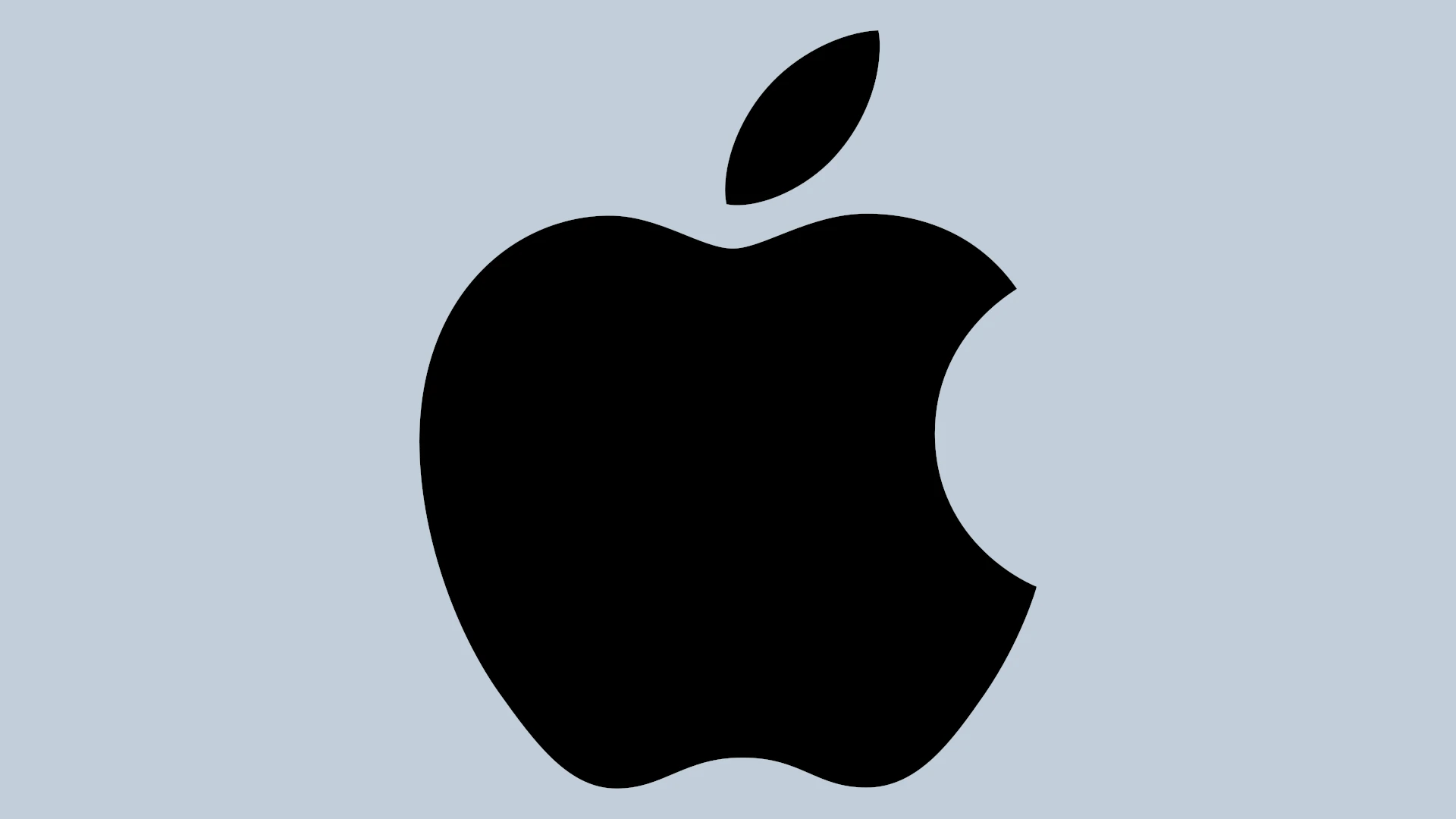Apple’s ecosystem is a network of devices and services that work together. It includes iPhones, iPads, Macs, Apple Watches, and AirPods. These products are made to connect easily and share data. The Apple ecosystem aims to give users a smooth experience across all their devices.
This system lets people start tasks on one device and finish on another. For example, you can begin writing an email on your iPhone and complete it on your Mac. Apple’s cloud service, iCloud, helps keep everything in sync. It stores photos, documents, and other data so you can access them from any Apple device.
Apple updates its ecosystem often with new features. In 2024, they added Apple Intelligence, which brings AI tools to their devices. These tools can help with tasks like creating images or detecting objects in photos. The ecosystem also focuses on privacy, keeping user data safe from others.

The Apple Ecosystem: A Seamless Symphony of Devices
Apple has masterfully crafted an ecosystem where its devices and services work together in harmony, creating a user experience that’s both intuitive and powerful. This integration across iPhones, iPads, Macs, Apple Watches, and more is a key reason many users find themselves deeply entrenched in the Apple world.
Key Features of the Apple Ecosystem
Several core features contribute to this seamless integration:
- iCloud: iCloud acts as the central hub, storing your data (photos, files, contacts, etc.) and syncing it across all your devices. This ensures you have access to your information wherever you go.
- Continuity: Continuity features allow you to start a task on one device and seamlessly continue it on another. For example, you can start writing an email on your iPhone and finish it on your Mac.
- Handoff: Handoff is a specific Continuity feature that lets you pass off tasks like browsing, email, or document editing between devices with a simple tap.
- Universal Clipboard: This handy feature allows you to copy text, images, or videos on one Apple device and paste them on another.
- AirDrop: AirDrop enables quick and easy wireless file sharing between Apple devices. It’s much faster and more convenient than traditional methods like email or messaging.
- Apple Pay: Apple Pay provides a secure and convenient way to make contactless payments using your Apple devices. Your payment information is securely stored and encrypted, making transactions safer.
Benefits of the Apple Ecosystem
- Simplicity and Ease of Use: Apple devices and services are designed to work together seamlessly, making the user experience intuitive and straightforward.
- Productivity Boost: Continuity features like Handoff and Universal Clipboard streamline your workflow and save you time.
- Enhanced Security: Apple’s strong focus on privacy and security extends across its ecosystem, with features like end-to-end encryption and biometric authentication.
- Device Interoperability: The ability of Apple devices to work together enhances their individual functionalities. For example, you can use your Apple Watch to unlock your Mac or use your iPad as a second display for your MacBook.
- Software Updates: Apple provides regular software updates for its devices, ensuring they remain compatible and secure.
Examples of Ecosystem Synergy
- Answer Calls on Any Device: With Continuity, you can answer calls coming to your iPhone on your iPad, Mac, or even your Apple Watch.
- Instant Hotspot: Your iPhone can automatically act as a Wi-Fi hotspot for your other Apple devices, providing internet access on the go.
- Unlock Your Mac with Apple Watch: If you’re wearing your Apple Watch, you can instantly unlock your Mac without typing your password.
- AirPlay: Stream audio or video content from your iPhone or iPad to your Apple TV or AirPlay-compatible speakers.
Is the Apple Ecosystem Right for You?
The Apple ecosystem offers a compelling blend of convenience, productivity, and security. If you value seamless integration, ease of use, and a strong commitment to privacy, the Apple ecosystem might be a good fit. However, it’s important to consider that this integration comes at the cost of flexibility, as Apple devices generally work best within their own ecosystem.
Key Takeaways
- Apple’s ecosystem connects devices for a smooth user experience
- iCloud syncs data across Apple products for easy access
- The ecosystem offers features like AI tools and privacy protection
Core Components of the Apple Ecosystem
Apple’s ecosystem is built on three main pillars: hardware, software, and services. These parts work together to create a smooth user experience across all Apple products.
Hardware: From iPhones to MacBooks
Apple’s hardware lineup forms the backbone of its ecosystem. The iPhone, Apple’s flagship product, is a powerful smartphone that connects users to the digital world. MacBooks, including the lightweight MacBook Air and the high-performance MacBook Pro, offer portable computing power for work and play.
iPads come in various models like the iPad Air and iPad Pro, bridging the gap between phones and laptops. The Apple Watch serves as a fitness tracker and smartwatch, while AirPods provide wireless audio. For desktop users, the iMac offers an all-in-one solution with its sleek design and vibrant display.
Each device is made to work well with the others, making it easy to switch between them or use them together.
Software and Operating Systems
Apple’s software is the glue that holds its ecosystem together. iOS powers iPhones and iPads, while macOS runs on Mac computers. These systems share many features, making it easy for users to move between devices.
watchOS for Apple Watch and iPadOS for iPads are tailored versions of iOS, adding special features for these devices. All these systems get regular updates with new features and security fixes.
Apple’s software is known for being user-friendly and secure. It also includes built-in apps like FaceTime for video calls and Mail for managing emails.
Apple Services and Applications
Apple offers a range of services that add value to its hardware and software. iCloud stores photos, documents, and other data, syncing them across all Apple devices. The App Store is a safe place to download apps and games.
Apple Music provides access to millions of songs, while Apple TV+ offers original shows and movies. For gamers, Apple Arcade offers a selection of games without ads.
Other services include Apple Pay for secure payments, Apple Fitness+ for guided workouts, and Apple News+ for access to magazines and newspapers. These services work seamlessly with Apple devices, adding to the overall user experience.
Seamless Connectivity and User Experience
Apple’s ecosystem links devices and services for a smooth user experience. This integration makes tasks easier and more efficient across Apple products.
Continuity Features Across Devices
Handoff lets users start a task on one Apple device and finish it on another. For example, you can begin writing an email on your iPhone and complete it on your Mac. Universal Clipboard allows copying text or images on one device and pasting them on another. This feature works across iPhones, iPads, and Macs.
AirDrop simplifies file sharing between nearby Apple devices. Users can quickly send photos, videos, and documents without needing email or messaging apps. These features use Bluetooth and Wi-Fi to create a seamless connection between devices.
Integration with Cloud Services
iCloud is the backbone of Apple’s cloud services. It syncs data across devices, including contacts, calendars, photos, and documents. This means your information is up-to-date on all your Apple products.
iCloud also offers online storage for files and backups. Users can access their data from any device with their Apple ID. The service includes features like Find My, which helps locate lost Apple devices.
Privacy and security are key parts of iCloud. Apple uses encryption to protect user data both in transit and when stored on servers.
Enhancing Communication with Apple Devices
FaceTime and iMessage are Apple’s main communication tools. FaceTime allows video and audio calls between Apple devices. It works on iPhones, iPads, and Macs, letting users stay connected across different platforms.
iMessage offers text messaging with extra features like read receipts and animated effects. It syncs messages across all Apple devices linked to the same Apple ID. This means you can start a conversation on your iPhone and continue it on your Mac or iPad.
SharePlay is a newer feature that lets users share experiences during FaceTime calls. People can watch movies, listen to music, or share their screens together, even when apart.
Innovation, Privacy, and the Walled Garden
Apple’s ecosystem blends cutting-edge tech with strong privacy safeguards. The company’s closed system approach aims to create a seamless user experience while protecting personal data.
The Philosophy of Apple’s Walled Garden
Apple’s walled garden strategy sets it apart from other tech giants. This approach means Apple controls both hardware and software in its products. The goal is to make everything work smoothly together.
Benefits include:
- Easy device syncing
- Smooth file transfers
- Consistent user interface
But there are trade-offs:
- Less customization options
- Higher prices for Apple products
- Limited compatibility with non-Apple devices
Apple argues that these limits lead to better security and performance. Critics say it reduces user choice and keeps prices high.
Apple’s Commitment to Privacy and Security
Privacy is a key selling point for Apple. The company has taken steps to protect user data from hackers and advertisers.
Some privacy features include:
- End-to-end encryption for iMessages
- App Tracking Transparency
- On-device processing for Siri requests
Apple also limits data collection from its own apps. This sets it apart from companies like Google, which rely more on user data for ad targeting.
These privacy measures can make some features less powerful. For example, Siri may not be as smart as other AI assistants. But many users feel the privacy trade-off is worth it.
Technological Advancements in Apple Silicon
Apple’s switch to its own chips marks a big shift in computing. Apple Silicon offers better performance and longer battery life than previous Intel-based Macs.
Key benefits of Apple Silicon:
- Faster processing speeds
- Improved energy efficiency
- Better integration with iOS apps
The M1 chip, introduced in 2020, was just the start. Newer chips like M2 and M3 continue to push boundaries.
This move gives Apple more control over its products. It can now optimize both hardware and software for maximum efficiency. The result is a more powerful and seamless user experience across all Apple devices.







